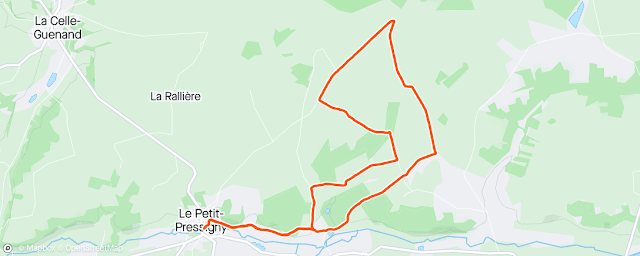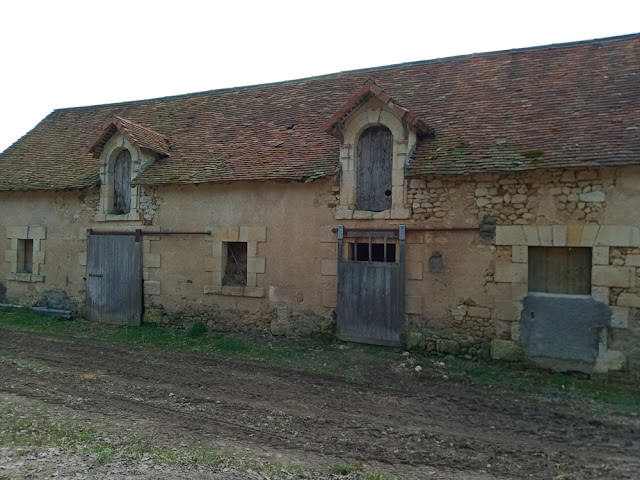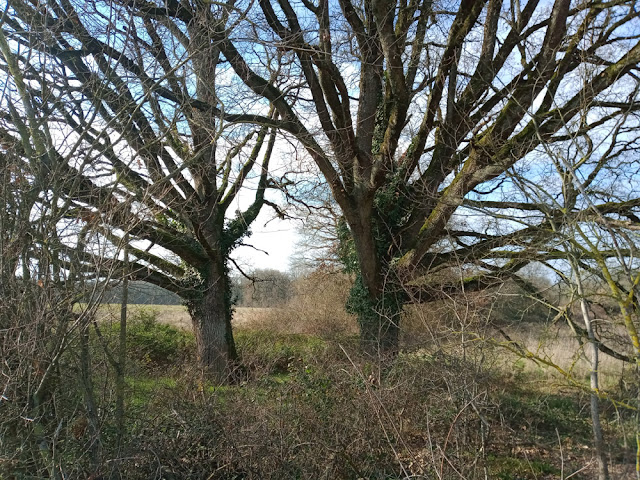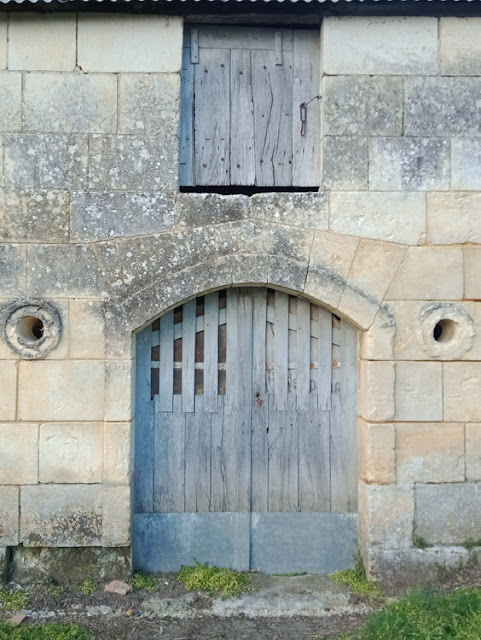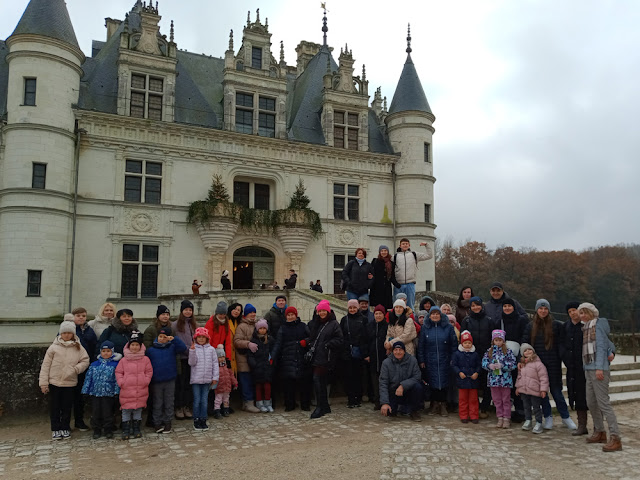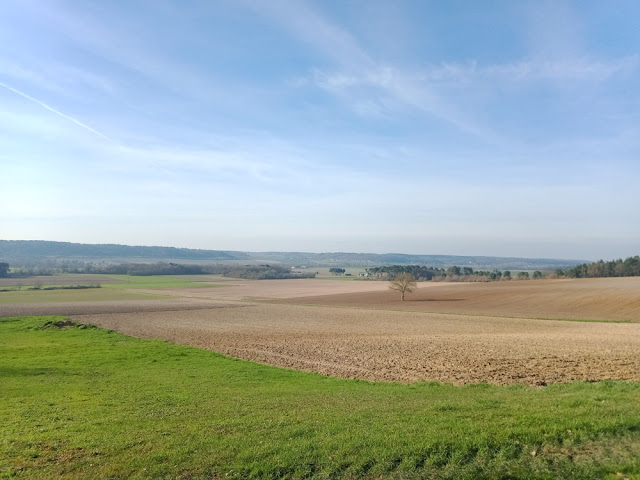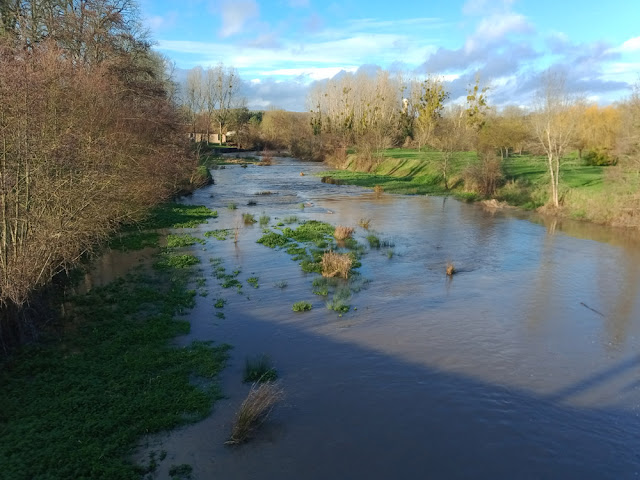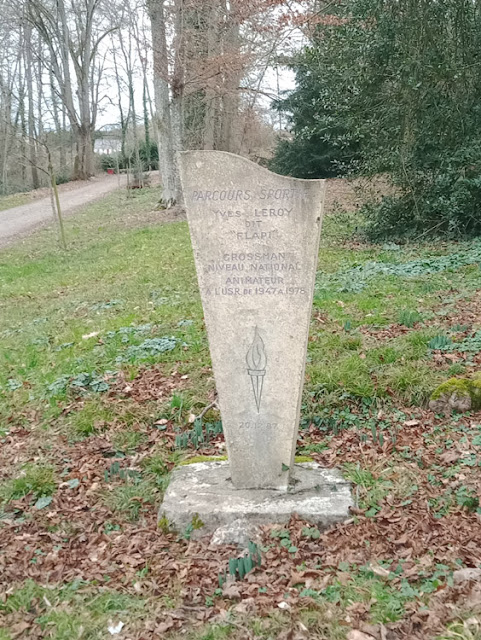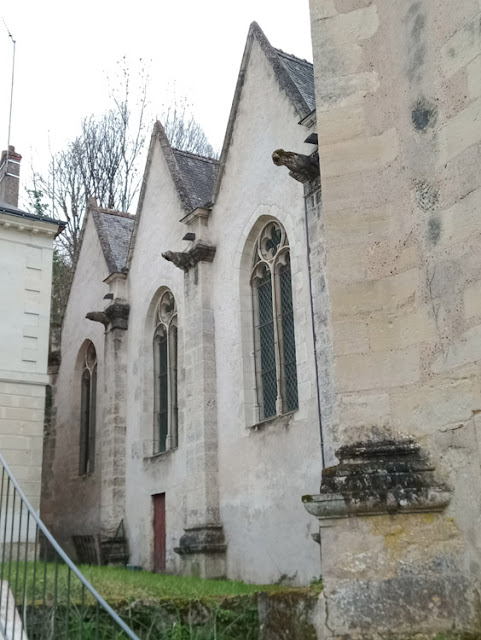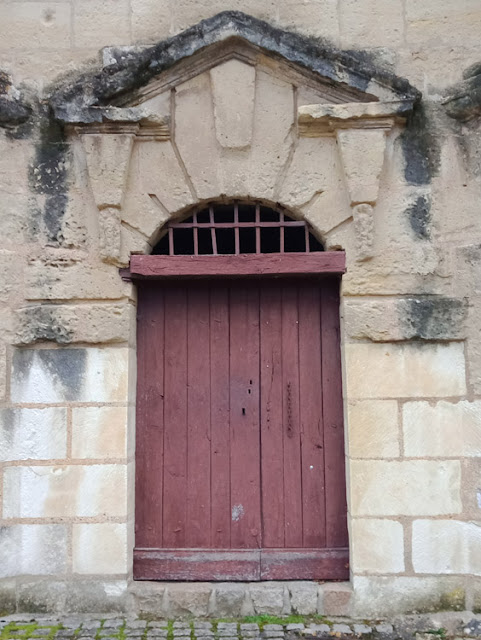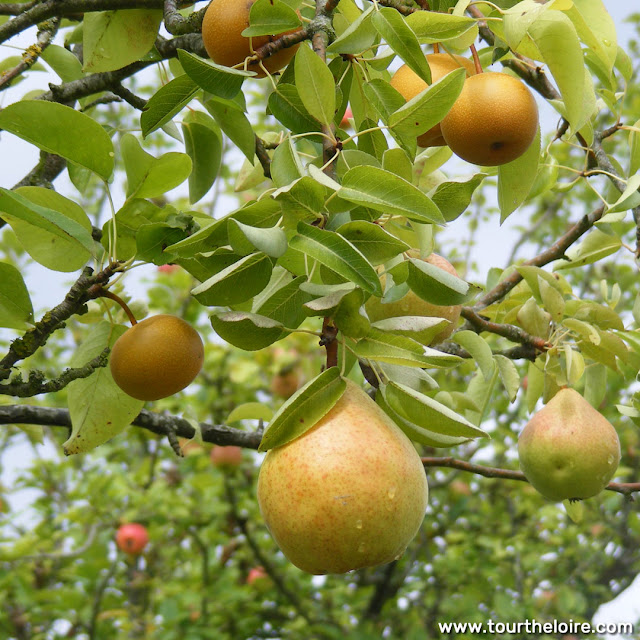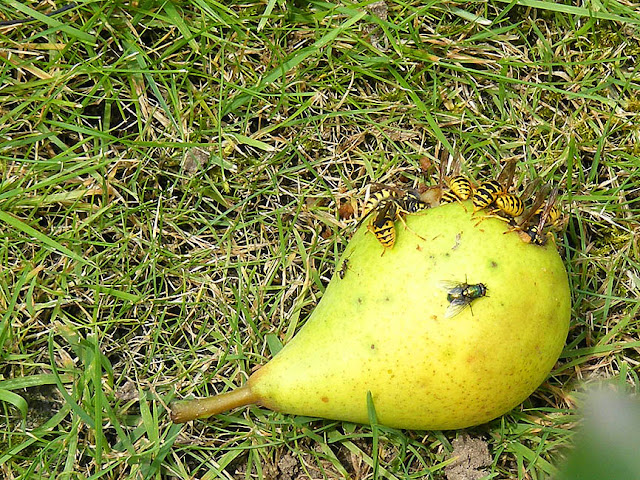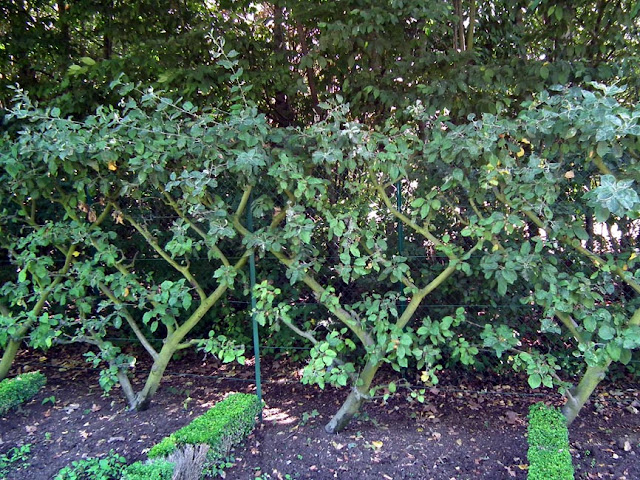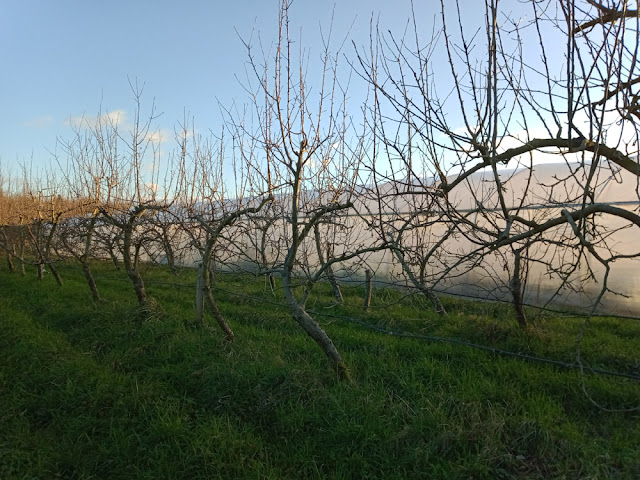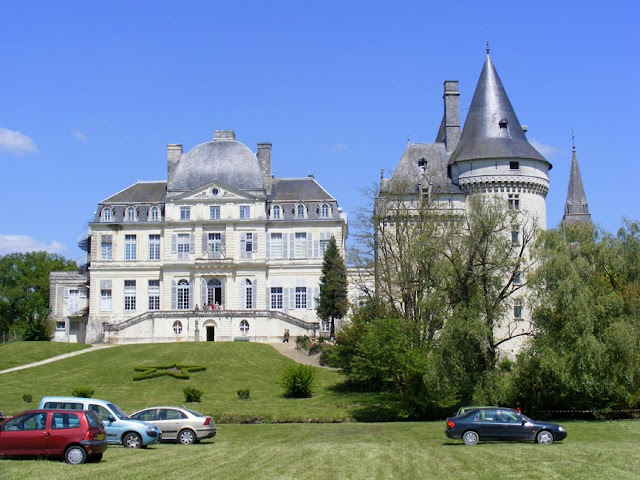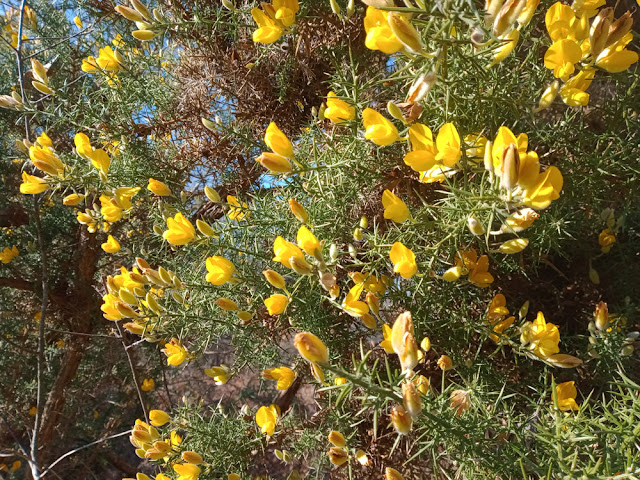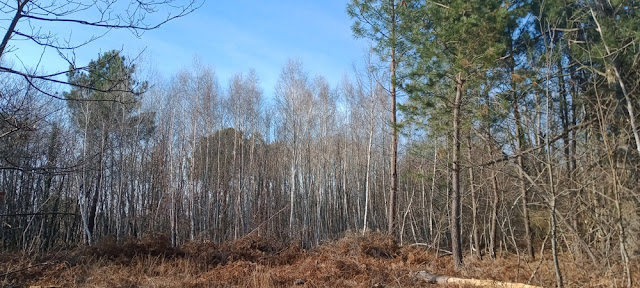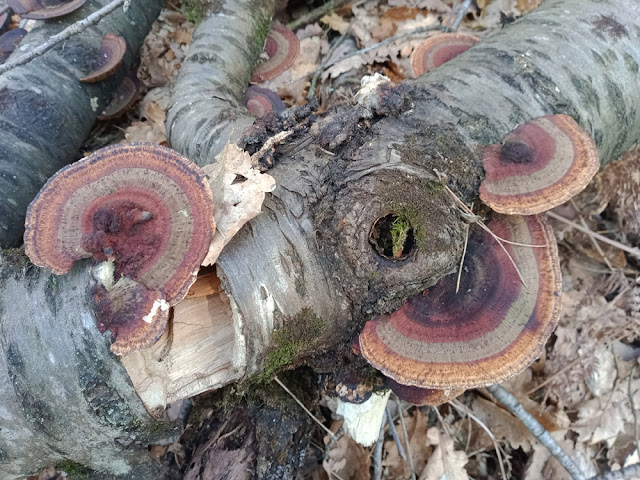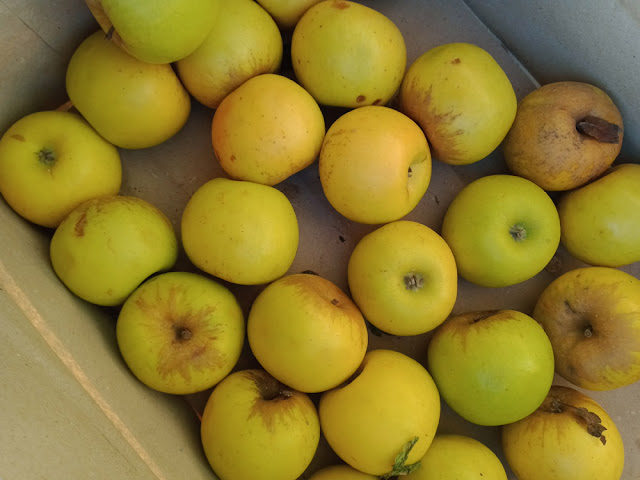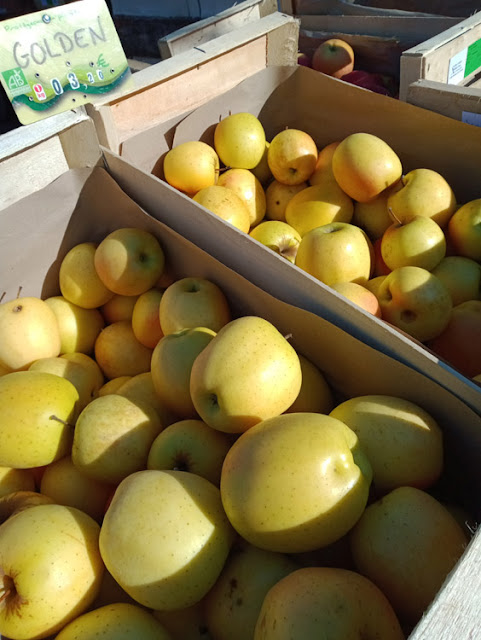Unease is growing over the fate of the old Alfred de Vigny primary
school in Loches and the Chateau of Verneuil. Originally the school was to have been converted into a hotel by a developer who subsequently abandoned the project. They have both supposedly
been bought now by an investor with Chinese business partners and in both
cases the idea is to convert these historic buildings into apartments.
But both projects have stalled and there is a question over whether the
investor has really bought the properties.
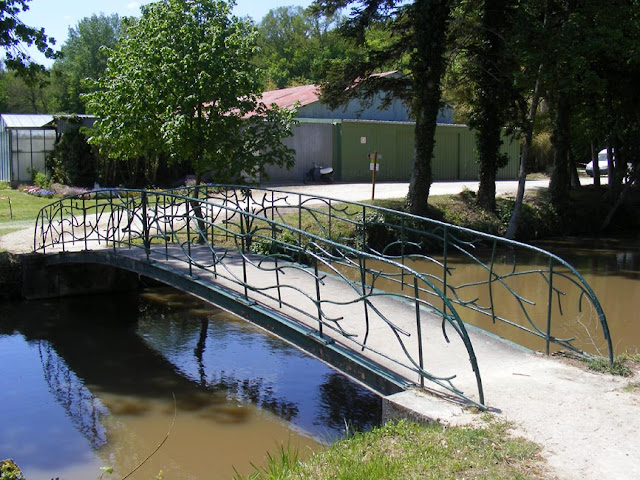
In July of 2019
rumblings started in a Loches town council meeting. Certain council
members wanted to know when the investor was actually going to pay for
the school. The developer assured journalists that he had paid a 5%
deposit for the property, which was valued at €750 000. He declared that
if it meant assuaging the concerns of the council he would guarantee
only local artisans would work on the project. He has planning permission for a modern annexe to the old school building. It will be constructed of local limestone on a wood frame.
The idea was to sell the apartments off plan, but he pledged to buy the building anyway if the 9 remaining apartments had not sold by October.
As for the Chateau de Verneuil, empty since 2015 when the horticultural school moved out, that is a more than 1.6 million euro project. The developer says he has transferred a 10% deposit to the owners, the Apprentis d'Auteuil and was to have signed the sales agreement in November 2019. The Chateau, which dates from the 15th and the 18th centuries, is to become a country club. The plan is to build 11 houses of limestone in the grounds, near the Chateau, and 6 apartments at the base of the keep. The developer announced he would be creating a tourist accomodation site unprecedented in the area, to open in 2020.

There would be a restaurant of 80 covers in the 18th century chateau, a well-being and fitness centre in the basement, a vaulted cellar to taste the best of the Touraine wines, an 700 square metre orangerie for weddings, seminars and themed evenings, and rooms in the chateau (9 suites on two levels). The old school classrooms will be divided into 9 suites or small apartments. Also part of the grand plans are more unusual accommodation such as gypsy wagons, giant barrels and tipis, as well as a teaching farm based around the old stables with a boutique for local produce, a dude ranch and equestrian centre, and a natural swimming pool, picnic area with barbecue, public gardens and fountains, orchards, vegetable gardens and greenhouses. The former greenhouses of the horticultural school are to be used for training courses. Even archery could be possible. The work was to be done over a period of three years, funded by selling the apartments one by one. With his Chinese business partners the idea is to attract Chinese tourists to come for a few days out of the 10 they will spend in Paris, into the green countryside, with forests, golf and history. Once it's finished the site will employ 25 people.
The Verneuil sur Indre municipal council couldn't believe their luck.
Now the architect who designed the modern annex intended for next to the Alfred de Vigny school in Loches says he has not been paid the €55 000 he has been owed for two years, so he has gone public and wants to bring the project to a halt. He's tried all the usual methods for getting paid, such as calling the bailiffs in. The developer has tried to fob him off with a series of bills of exchange for €15 000, which the bank subsequently refused to accept. According to the architect the developer has only paid €5000 of the total bill and says that as the developer has not paid for the plans he does not own them and cannot use them.

In addition, Loches municipal council was left waiting for the building to be paid for. There is a lot of obfuscation from the developer and confusion about just how many apartments have been sold. Finally, after a judicial ruling, the developer handed over a cheque for €750 000 to the council and became the legal owner of the renamed Clos du poete complex. But the architect was stunned to learn from the bailiff that the developer's bank account contained just €6.43, and he has not been paid.
The latest in the string of squabbles associated with this developer and these two addresses is that the residents of Verneuil who are neighbours to the chateau have formally registered their concerns about the developer's possible fraudulent use of the address. He has been living at the Chateau, but his business addresses are all in Loches. His neighbours have been receiving his mail and are fed up. He claims it is a Post Office problem and a mix up with an old 'Friends of the Chateau' association, and that in any case he will be moving out of the Chateau on 15 March.
It is a great shame that these two buildings are being put at risk by financial shenanigans. The Alfred de Vigny is associated with sad events of the Second World War as well as generations of students who passed through the place getting an education. The Chateau de Verneuil is a beautiful complex of buildings that I have long said I would buy in a heartbeat if I had a spare couple of million floating about.
